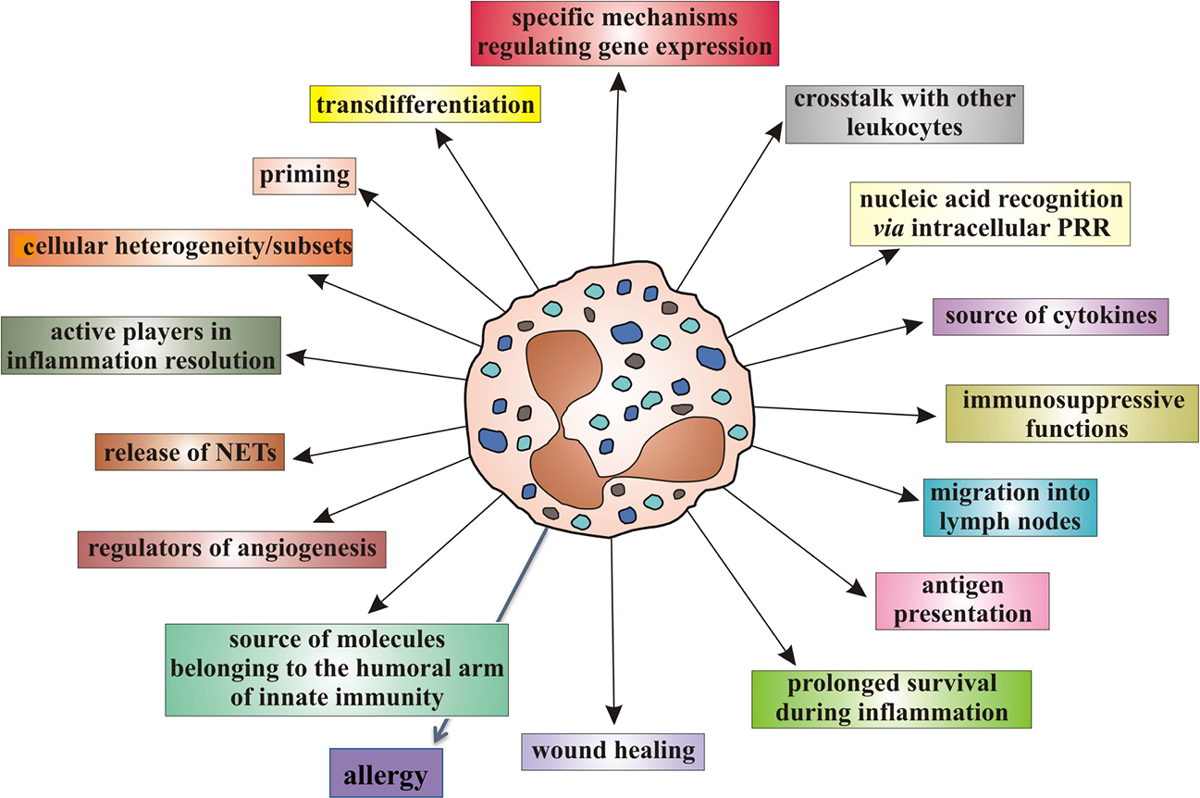The Chiropractic Profession: A Scoping Review of Utilization Rates, Reasons for Seeking Care, Patient Profiles, and Care Provided
SOURCE: Chiropractic & Manual Therapies 2017 (Nov 22); 25: 35
Peter J. H. Beliveau, Jessica J. Wong, Deborah A. Sutton, Nir Ben Simon, André E. Bussières, Silvano A. Mior and Simon D. French
Department of Public Health Sciences,
Queen’s University,
Kingston, Canada.

BACKGROUND: Previous research has investigated utilization rates, who sees chiropractors, for what reasons, and the type of care that chiropractors provide. However, these studies have not been comprehensively synthesized. We aimed to give a global overview by summarizing the current literature on the utilization of chiropractic services, reasons for seeking care, patient profiles, and assessment and treatment provided.
METHODS: Systematic searches were conducted in MEDLINE, CINAHL, and Index to Chiropractic Literature using keywords and subject headings (MeSH or ChiroSH terms) from database inception to January 2016. Eligible studies: 1) were published in English or French; 2) were case series, descriptive, cross-sectional, or cohort studies; 3) described patients receiving chiropractic services; and 4) reported on the following theme(s): utilization rates of chiropractic services; reasons for attending chiropractic care; profiles of chiropractic patients; or, types of chiropractic services provided. Paired reviewers independently screened all citations and data were extracted from eligible studies. We provided descriptive numerical analysis, e.g. identifying the median rate and interquartile range (e.g., chiropractic utilization rate) stratified by study population or condition.
RESULTS: The literature search retrieved 14,149 articles; 328 studies (reported in 337 articles) were relevant and reported on chiropractic utilization (245 studies), reason for attending chiropractic care (85 studies), patient demographics (130 studies), and assessment and treatment provided (34 studies). Globally, the median 12-month utilization of chiropractic services was 9.1% (interquartile range (IQR): 6.7%-13.1%) and remained stable between 1980 and 2015. Most patients consulting chiropractors were female (57.0%, IQR: 53.2%-60.0%) with a median age of 43.4 years (IQR: 39.6-48.0), and were employed (median: 77.3%, IQR: 70.3%-85.0%). The most common reported reasons for people attending chiropractic care were (median) low back pain (49.7%, IQR: 43.0%-60.2%), neck pain (22.5%, IQR: 16.3%-24.5%), and extremity problems (10.0%, IQR: 4.3%-22.0%). The most common treatment provided by chiropractors included (median) spinal manipulation (79.3%, IQR: 55.4%-91.3%), soft-tissue therapy (35.1%, IQR: 16.5%-52.0%), and formal patient education (31.3%, IQR: 22.6%-65.0%).
There are more articles like this @ our:
CONCLUSIONS: This comprehensive overview on the world-wide state of the chiropractic profession documented trends in the literature over the last four decades. The findings support the diverse nature of chiropractic practice, although common trends emerged.
KEYWORDS: Chiropractic; assessment; patient demographics; scoping review; statistics; treatment; utilization
From the Full-Text Article:
Background
Chiropractors practice in over 100 countries, in which 90 have established national chiropractic associations. [1] Chiropractic has become one of the most commonly used complementary and alternative medicine (CAM) therapies in the United States and Europe. [2, 3] Chiropractors provide a substantial portion of care for patients with many health conditions including low back and neck pain. [4, 5] They are also a major stakeholder in the health care expenditures of the United States and Denmark [6-8]; for example, in the United States in 2015, chiropractors provided 18.6 million clinical services under Medicare [9] and overall spending for chiropractic services was estimated at USD $12.5 billion. [10]
Very few knowledge syntheses have summarized the results of studies describing the profile of chiropractic services and patients who seek their care. [11-13] Available reviews have only reported partial descriptions of chiropractic services and patients, utilization rates [14, 15] or reasons for attending chiropractic care. [16] Stakeholders of the profession would benefit from a current synthesis of research that comprehensively describes the profile of chiropractic practice and services provided to help inform priorities in education, research and workforce development. These priorities can aim to address the most common presenting conditions, facilitate workforce planning, establish professional norms, and guide curriculum design, quality improvement and guideline initiatives.
Read the rest of this Full Text article now!





Leave A Comment